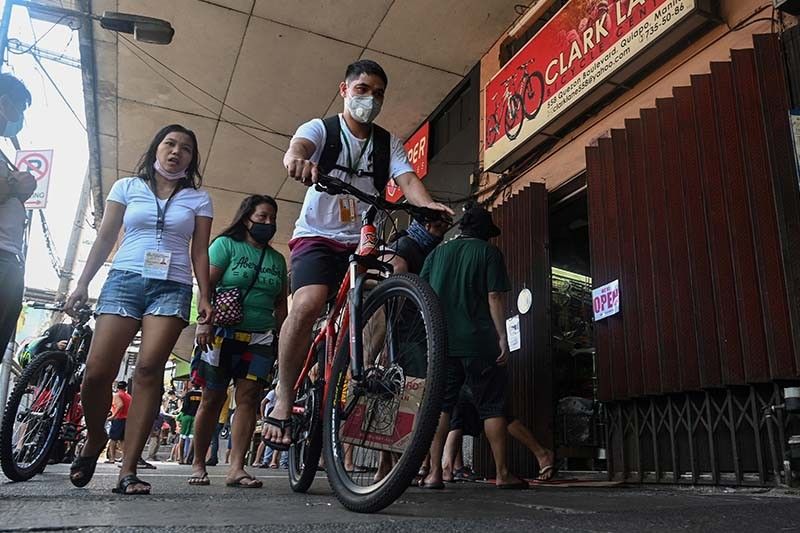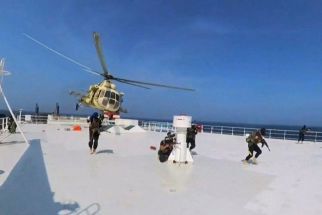Medical experts say Philippines still experiencing first wave of COVID-19 cases

MANILA, Philippines — The Philippines is still dealing with the first wave of coronavirus disease infections because the epidemic curve has not yet flattened, medical experts said Thursday refuting the health chief’s announcement that the country is now experiencing the second phase of the pandemic.
“This is just the first wave and we’re still in the continuum. We’ve never been able to downplay or flatten the curve,” infectious diseases expert Dr. Benjamin Co said in an interview on CNN Philippines.
Dr. Tony Leachon, adviser to the government’s COVID-19 task force, also said it is “counterintuitive” to relax restrictions on movement if the country is experiencing a second wave.
“Counterintuitive na ikaw ay nag-ease ng lockdown kung tayo ay nasa second wave. Kaya nga tayo nag-ease ng lockdown because nag-improve nang kaunti ang ibang barangays pero ‘yung ibang areas hindi pa,” Leachon said in an interview on DZMM Teleradyo.
He added that a second wave of the outbreak will be caused by importation of cases.
In a Senate hearing Wednesday, Health Secretary Francisco Duque III said the second wave of COVID-19 infections has been here since March.
In justifying his claim, Duque classified the first COVID-19 “imported cases” in the Philippines in late January and early February as the “first wave” of infections even as during those months, the country has not been doing enough tests to detect more suspected cases of the novel disease.
These cases involved three Chinese tourists from virus ground zero Wuhan, one of whom eventually died of the disease. After those three, there was a month-long lull in cases before a sudden surge in March due to more testing.
Leachon said the first three cases in the Philippines are only “first index cases.”
“First few cases ‘yun dapat na ginamit mo para makapag-start ka na ng testing…That was the best time para makapag-testing,” he said.
Plateau
Duque on Wednesday repeatedly said that the country has “flattened the curve,” which according to him, refers to a scenario where new daily cases have “stabilized.” In the Philippines, that is 250 a day.
But the health chief’s definition of flattening the epidemic curve goes against those in other nations where flattening means a consistent decrease in daily cases.
“We remain in plateau,” Co said. “The good news is that we’ve had less deaths.”
The Philippines on Wednesday reported 279 new COVID-19 cases, pushing the total number of infections in the country to 13,221 with 842 deaths.
Health department data presented at the Senate hearing showed the Philippines has a testing capacity of 11,000 a day, and has tested 0.1% of the population. Malacañang said it is targeting to test 1% to 2% of the population, similar with levels in South Korea and Taiwan that have put the pandemic under control.
Latest data showed that the number of individuals tested for the coronavirus stood at 207,823. A target of 30,000 tests per day has been set for the end-May, and 50,000 by end-June. — Gaea Katreena Cabico
- Latest
- Trending
































